New Fossil Discovery Shows Taco-Like Animal, Unlike Anything Researchers Have Seen Before
A recent study has unveiled a surprising common ancestor to many widespread animals.
This ancient creature, with its taco-shaped body and multi-jointed legs, has left paleontologists astounded.
Unprecedented Fossil Features
According to the study’s authors, these unique features have never been observed before in the fossil record.

Source: Nix Draws Stuff/Tumblr
For years, paleontologists have examined hymenocarines—the ancestors of shrimp, centipedes, and crabs—which lived around 500 million years ago.
Gaps in Evolutionary History
These creatures had multiple sets of legs and pincer-like mandibles.
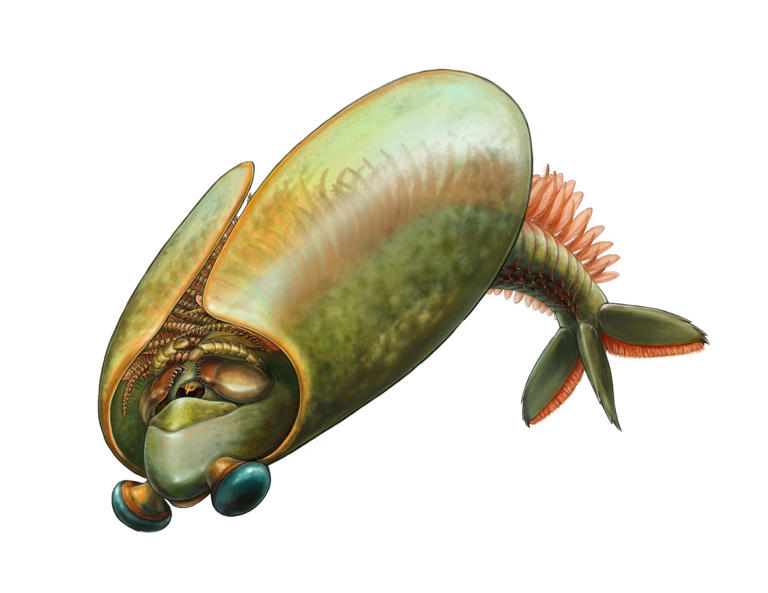
Source: Danielle Dufault/Royal Ontario Museum
However, scientists had been missing a crucial evolutionary link between early hymenocarines and their later descendants.
Bridging Evolutionary Gaps with Unique Features
The newly discovered Odaraia alata specimen bridges this gap and showcases unprecedented characteristics.

Source: Jean-Bernard Caron/Royal Ontario Museum
Its legs are adorned with numerous spines and it has an unusual taco-like shell.
Unimaginable Features of Odaraia alata
Alejandro Izquierdo-López, a paleontologist and lead author of the study made a statement to USA TODAY.
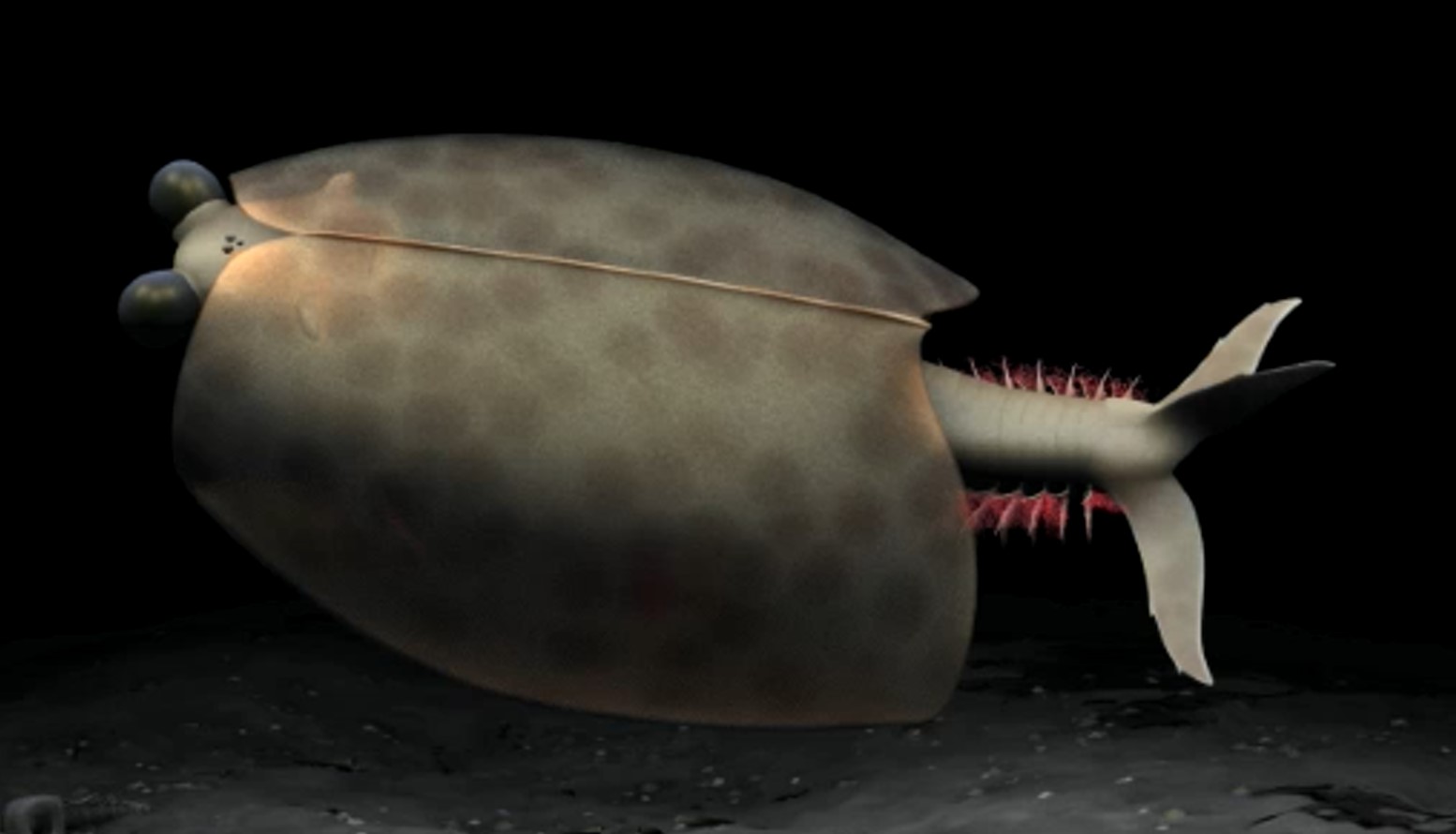
Source: Royal Ontario Museum
“No one could have imagined that an animal with 30 pairs of legs, with 20 segments per leg and so many spines on it ever existed, and it’s also enclosed in this very strange taco shape.”
Odaraia alata at the Royal Ontario Museum
The Odaraia alata specimen, now displayed at Toronto’s Royal Ontario Museum, is crucial for understanding the evolutionary success of its descendants.
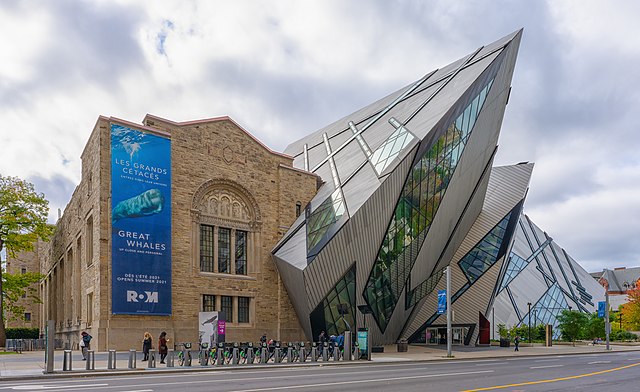
Source: Maksim Sokolov/Wikimedia
These descendants, such as shrimp and various insects, have spread globally.
Impact on Evolutionary Theories
Izquierdo-López and his colleagues discussed this in a report published in the Royal Society of London’s Proceedings B journal.

Source: wirestock/freepik
They noted that the cephalic anatomy of odaraiids had been largely unknown, which complicated evolutionary theories.
A Funnel-Like Adaptation for Underwater Life
Izquierdo-López explained that Odaraia alata’s taco-shaped body functioned like a funnel.
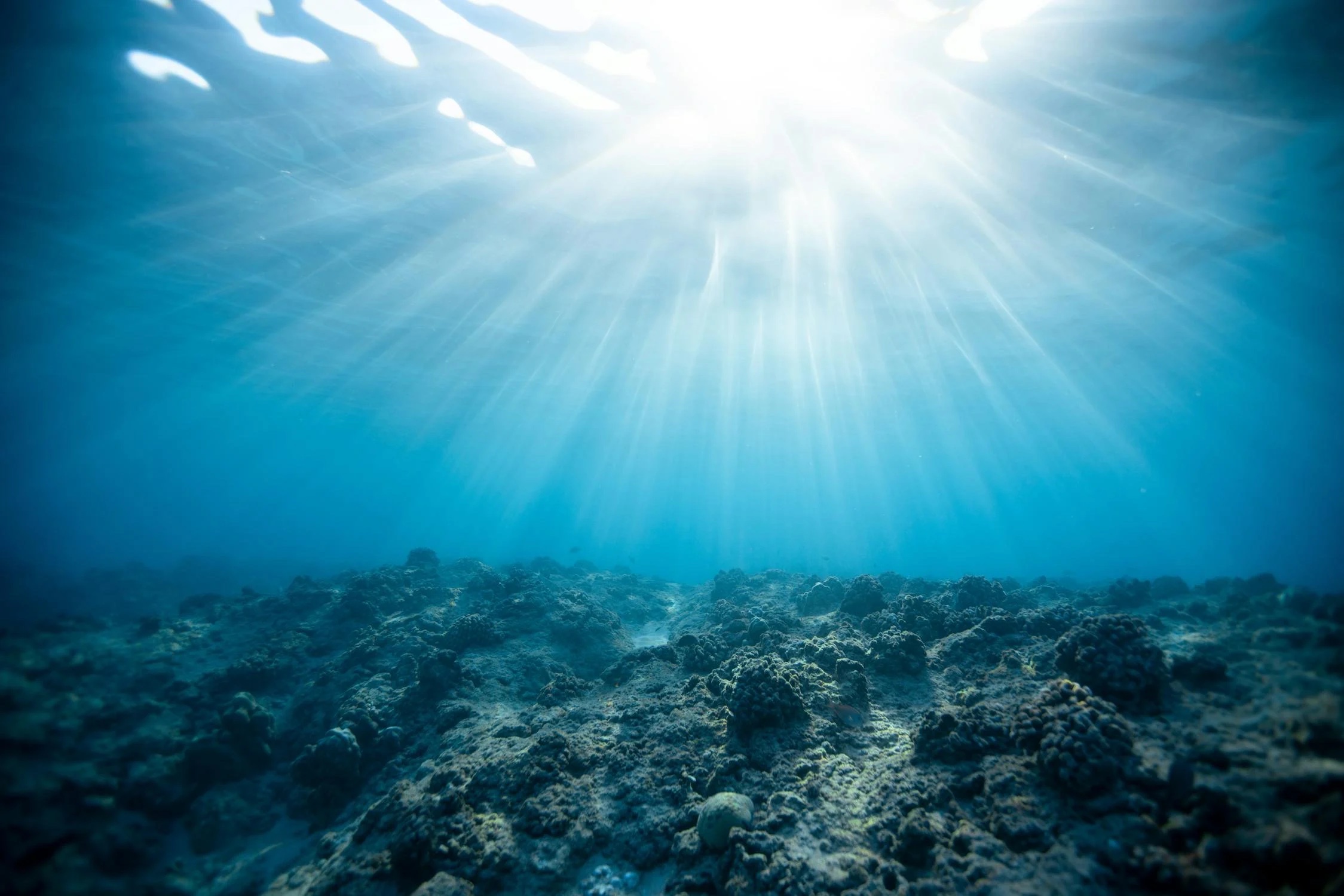
Source: Jeremy Bishop/Pexels
This adaptation was crucial in its underwater habitat.
Web-Like Net
Prey would be ensnared by its 30 pairs of legs, each segmented around 20 times.
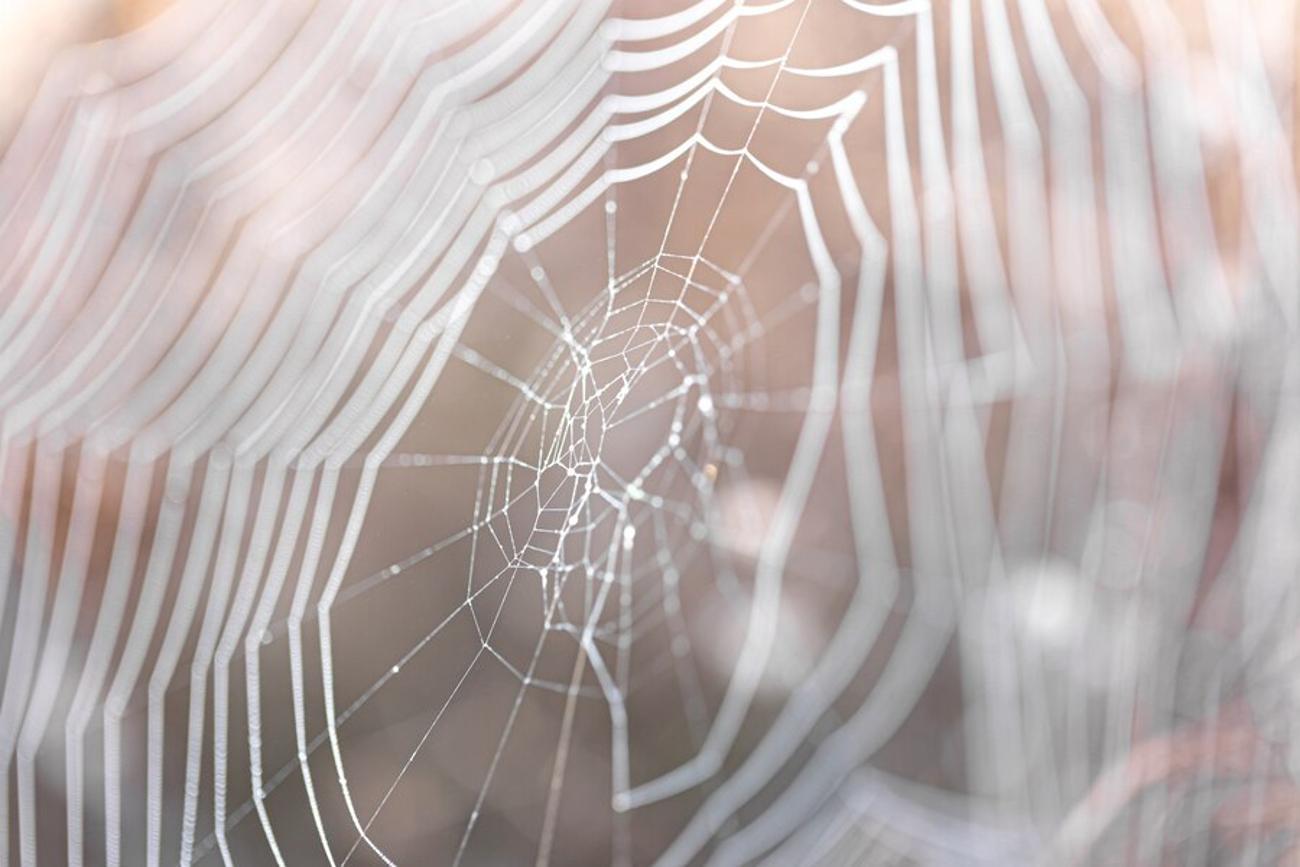
Source: Freepik
This formation created a dense, web-like net.
Spiny Legs and Their Fuzzy Net Structure
“Every leg is just completely full of spines,” Izquierdo-López described.
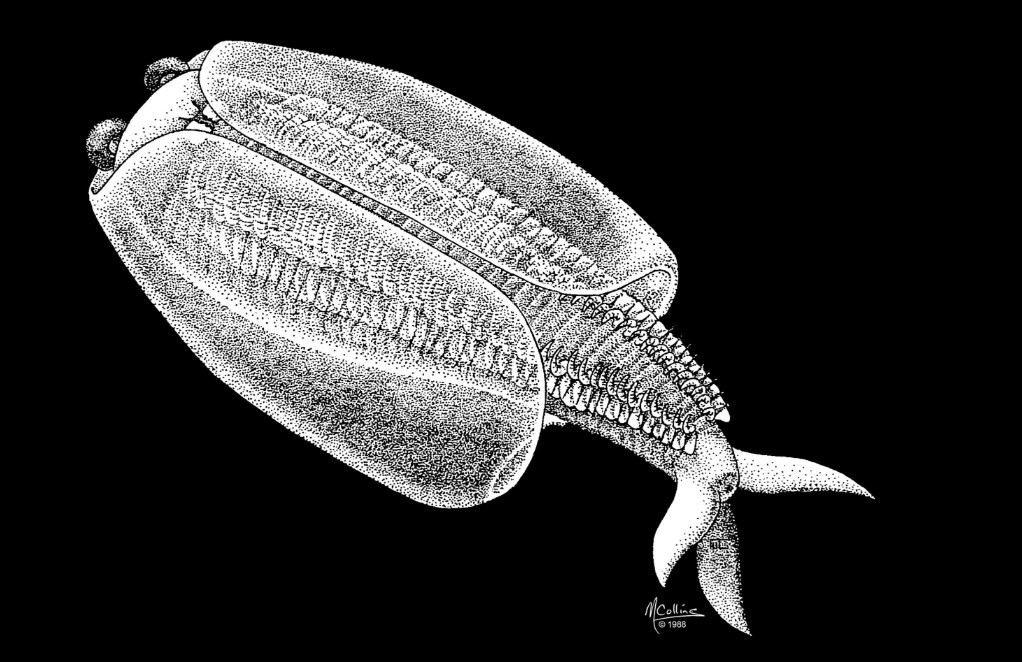
Source: Royal Ontario Museum
He noted that over 80 spines per leg create a fuzzy net structure.
Further Studying
“These are features we have never seen before,” said Izquierdo-López, based in Barcelona, Spain.

Source: Freepk
He and his team will continue studying Odaraia alata to understand why its descendants have thrived, surpassing snails, octopi, and other long-existing sea creatures in prevalence.
Ancestral Connections of Life
“Every animal on Earth is connected through ancestry to each other,” he stated.

Source: Freepik
“All of these questions are really interesting to me because they speak about the history of our planet.”
